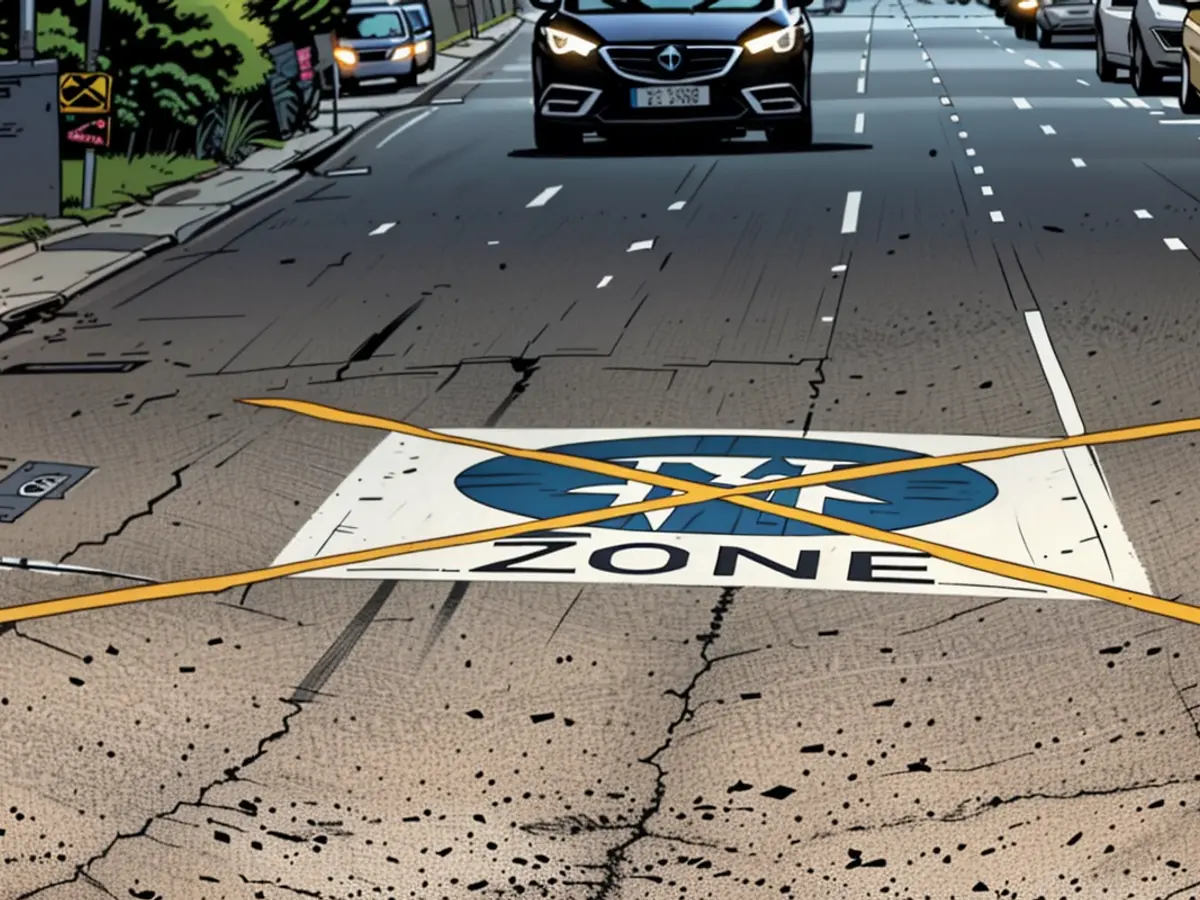- Parking height beds - new pedestrian zone in Munich
Benches and raised beds on former parking lots - Munich's inner city will have a new temporary pedestrian zone starting Monday. However, traffic calming in the Haidhausen district is coming with a delay of nearly two weeks: After a motion for an injunction by residents of Weißenburger Street against the pedestrian zone, the city had to postpone the establishment until August 12.
Bumpy start on Weißenburger Street
For one year, the city wants to ban cars from this street section. Only delivery traffic and cyclists at walking speed, and pedestrians are allowed there, according to the Mobility Department. Instead of parking spaces, benches and raised beds are planned - but the sidewalk and roadway must remain intact during the one-year trial phase.
The start of the pedestrian zone, like similar projects last year, was not without difficulties. The city wanted to start the trial phase as soon as possible, a spokesperson for the Mobility Department said. The city planned to open it on July 29, well before the legal effectiveness of the street's rezoning. However, critics of the project filed an urgent application with the Munich Administrative Court - and the city backed down. After the rezoning took effect on Saturday, the temporary zone will be established on Monday, the town hall announced.
Last year, residents used legal action to force an early end to two so-called "summer streets." Both streets were closed to cars and greened as part of a research project by TU Munich. This sparked sharp criticism from several residents.
Similar projects in other cities
Not only Munich is struggling with the establishment of new pedestrian zones. In Aschaffenburg, cars were banned from driving through part of Frohsinn Street. However, a one-year trial period showed that the new regulation was "largely ignored," according to the city. Automated bollards are to help, with construction scheduled to begin in early 2026, a city spokesperson said.
Other Bavarian cities are also focusing on the redesign of streets - not always with a complete ban on cars. For example, the city of Coburg launched a traffic-calmed area in an inner-city street section at the end of July. During the trial phase until the end of 2026, cars are still allowed, but only at walking speed and must give way to pedestrians and cyclists.
In the Swabian town of Wertingen (district of Dillingen an der Donau), a private working group has collected ideas for redesigns, including in the historic old town, two spokespersons for the working group said. The city council then decided on several temporary traffic-calmed areas and partial one-way streets. The planned start in early June could not be met, as the city was heavily affected by flooding, the spokespersons said. The start has now been postponed to 2025.
"Neighborhood quarters" based on Spanish model
Munich also plans to make more streets car-free next year. Under the title "Neighborhood quarters," the Mobility Department wants to establish large, traffic-calmed neighborhoods in two Munich districts, based on the "Superblocks" in Barcelona. Concept proposals for this are to be presented to the city council in early 2025.
The delay in establishing the pedestrian zone in Munich's Haidhausen district extends the trial phase until August 12, affecting Weißenburger Street in Bavaria.
Bavaria's Coburg city recently implemented a traffic-calmed area in an inner-city street section, allowing cars to still pass but at walking speed, prioritizing pedestrians and cyclists.








